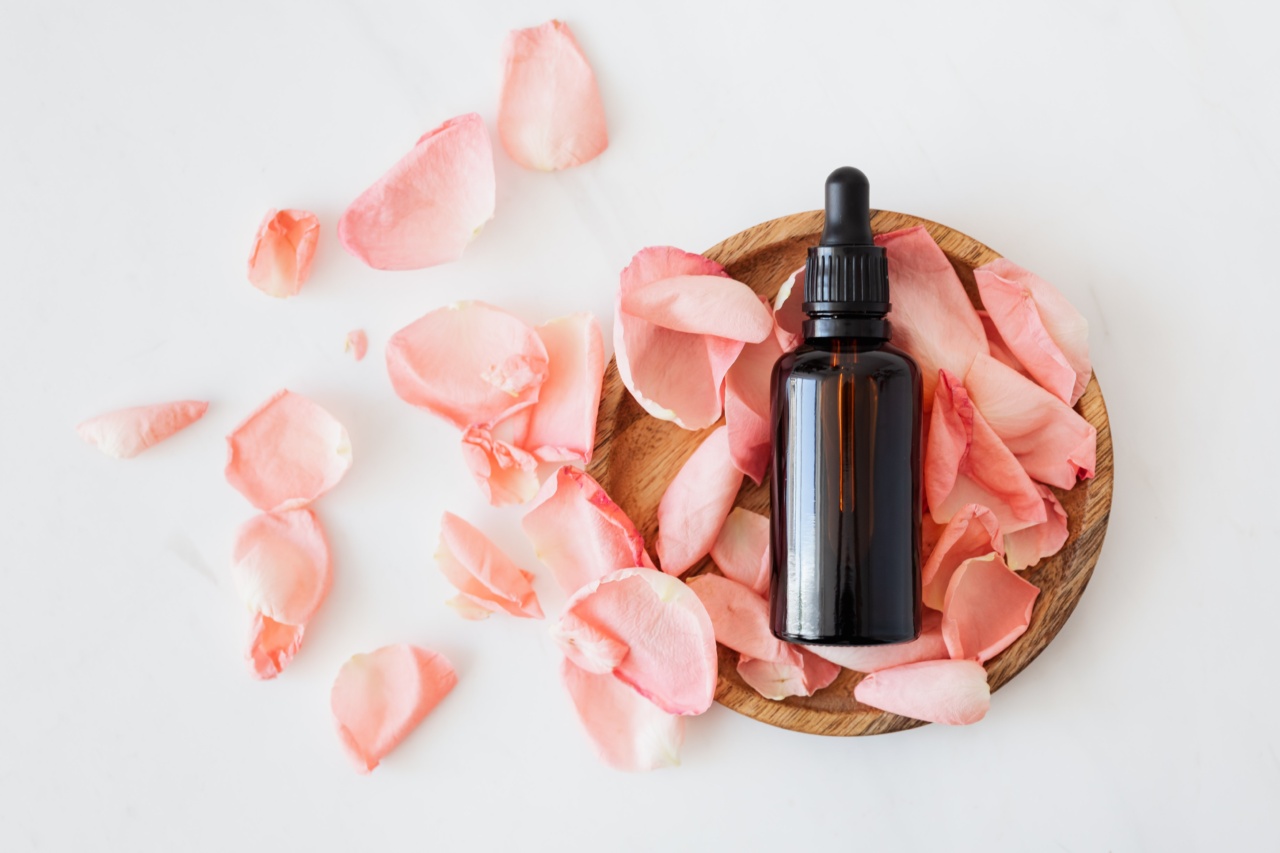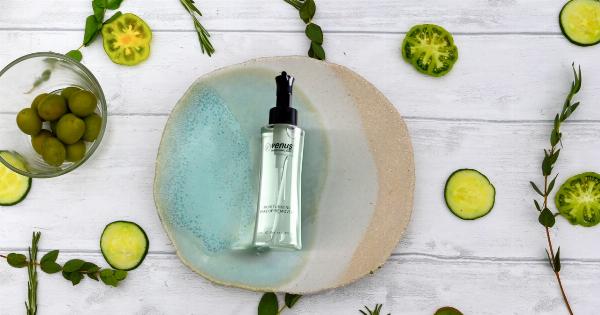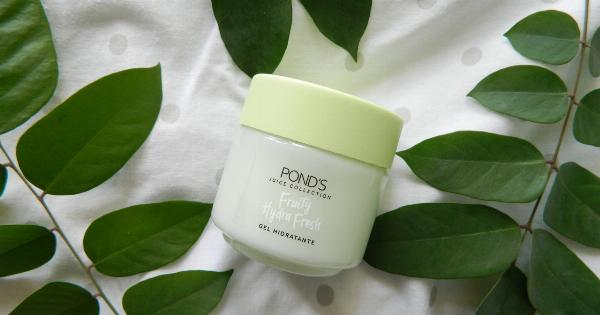In recent years, the skincare industry has seen a surge in new trends and techniques that promise to revolutionize our beauty routines. One such trend that has gained popularity is oil cleansing.
While the idea of cleansing your face with oil may seem counterintuitive, proponents of this method swear by its numerous benefits for the skin. In this article, we will explore what oil cleansing is, how it works, and why you should consider trying it for yourself.
What is Oil Cleansing?
Oil cleansing, also known as the oil cleansing method (OCM), is a skincare technique that involves using oil as a cleanser to remove dirt, makeup, and other impurities from the skin.
The basic principle behind oil cleansing is that “like dissolves like” – meaning that oil can effectively break down and remove oil-based substances.
The main idea behind oil cleansing is that harsh cleansers and soaps can strip the skin of its natural oils, leading to dryness, irritation, and even excess oil production as the skin tries to compensate for the loss.
Oil cleansing aims to balance the skin’s natural oil production while effectively removing impurities, leaving the skin clean, nourished, and balanced.
How Does Oil Cleansing Work?
To perform oil cleansing, you’ll need a specific type of oil or a combination of oils that suit your skin type. Common oils used in oil cleansing include olive oil, coconut oil, jojoba oil, and castor oil.
Each oil has its own unique properties and benefits for the skin.
Here’s a step-by-step guide on how to perform oil cleansing:.
Step 1: Choose the Right Oil
Start by choosing an oil or a combination of oils that work best for your skin type. If you have dry skin, you may want to opt for heavier oils like olive oil or almond oil.
For oily or acne-prone skin, oils like jojoba oil or grapeseed oil can be beneficial. Combination skin types may benefit from a combination of oils, such as a mixture of castor oil and jojoba oil.
Step 2: Massage Oil onto Dry Skin
Take a small amount of the chosen oil and gently massage it onto your dry face and neck using upward circular motions. The massage action helps to stimulate blood circulation and loosen any impurities trapped in the pores.
Step 3: Steam Your Face
After you’ve massaged the oil onto your skin, wet a clean washcloth with warm water and wring out the excess. Place the warm washcloth over your face, allowing the steam to gently open up your pores.
This step helps to further loosen any impurities and draws out toxins from the skin.
Step 4: Remove the Oil
Once your face has been steamed, gently wipe away the oil and impurities with the washcloth. Rinse the washcloth and repeat this step until all the oil has been removed from your skin.
Step 5: Optional: Follow with a Gentle Cleanser
Some individuals may choose to follow the oil cleansing method with a gentle cleanser to ensure all residual oil and impurities are removed. However, this step is optional as oil cleansing alone can be sufficient for most people.
Why Should You Try Oil Cleansing?
Now that you know how oil cleansing works, you may wonder why you should give it a try. Here are some of the benefits that oil cleansing offers:.
1. Effective Makeup Removal
Oils are excellent at dissolving and breaking down makeup, even waterproof formulas. Oil cleansing can effectively remove foundation, mascara, and other stubborn products without irritating the skin.
2. Balances Oil Production
Unlike harsh cleansers that strip the skin of natural oils, oil cleansing helps balance oil production. When the skin is properly moisturized, it is less likely to overproduce oil, leading to a more balanced complexion.
3. Deeply Nourishes the Skin
The oils used in oil cleansing are rich in fatty acids, vitamins, and antioxidants that nourish and moisturize the skin. This can help improve the skin’s texture, plumpness, and overall appearance.
4. Gentle and Hydrating
Oil cleansing is a gentle method that does not disrupt the skin’s natural barrier. It helps to retain moisture and prevent dryness, making it suitable for individuals with sensitive or dry skin.
5. Reduces Acne and Breakouts
Contrary to what you might expect, oil cleansing can actually be beneficial for acne-prone skin. Certain oils, such as jojoba oil and tea tree oil, have antimicrobial properties that can help reduce acne-causing bacteria and soothe inflammation.
6. Suitable for All Skin Types
One of the great advantages of oil cleansing is its versatility. With a wide range of oils available, you can tailor the oil cleansing method to suit your specific skin type and concerns.
7. Relaxing and Therapeutic
The act of massaging oil onto your skin can be a relaxing and therapeutic experience. It allows you to take a few moments for self-care and to unwind after a long day.
Is Oil Cleansing Right for You?
While oil cleansing can be beneficial for many, it may not be suitable for everyone. Here are a few factors to consider before incorporating oil cleansing into your skincare routine:.
1. Skin Sensitivity
Individuals with highly sensitive skin may need to exercise caution when trying oil cleansing. It’s best to start with a small patch test on a discreet area of your skin to ensure that you don’t have any adverse reactions.
2. Acne-Prone Skin
If you have acne-prone skin, oil cleansing may still be suitable for you, but it’s important to choose oils that are non-comedogenic and won’t clog your pores.
Consult with a dermatologist or skincare professional to find the best oils for your specific concerns.
3. Personal Preferences
Ultimately, skincare is a personal journey, and what works for one person may not work for another. If you enjoy the traditional foaming and soapy cleansers, there’s no need to feel pressured to switch to oil cleansing.
However, it’s always worth giving it a try to see if it offers any benefits to your skin.
In Conclusion
Oil cleansing has emerged as a popular skincare trend for its ability to effectively remove makeup, balance oil production, and nourish the skin.
While it may not be suitable for everyone, it’s worth exploring this method to see if it can transform your skincare routine. Remember to choose oils that suit your skin type, perform a patch test, and enjoy the soothing and therapeutic experience of oil cleansing.



























